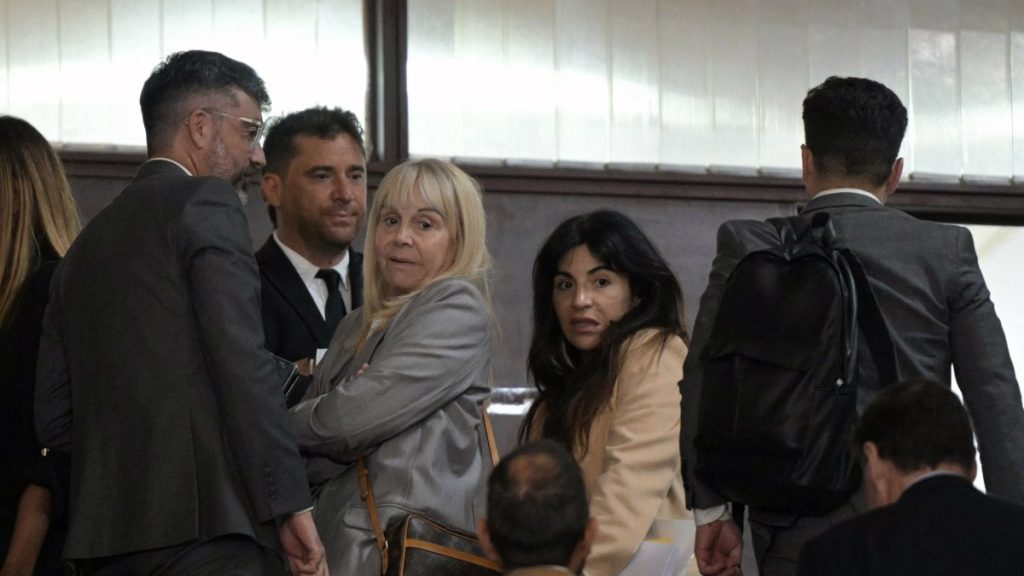A cardiologist testified Thursday that Diego Maradona was classified as a “high-risk patient” and revealed that the clinic where he underwent surgery days before his death had advised that the former national team captain should recover in a rehabilitation facility rather than at home.
“He was a high-risk patient who was experiencing withdrawal symptoms and required significant care,” Sebastian Nani, head of cardiology at the Olivos Clinic, testified to the court trying seven healthcare professionals for the alleged negligent homicide of the former player.
Maradona, who led Argentina to the World Cup title in 1986, died on Nov. 25, 2020, while undergoing home care on the outskirts of Buenos Aires, days after surgery for a hematoma that formed between his skull and brain. He was 60.
Last week, Maradona’s ex-wife and a doctor also questioned the decision to take him to a private home after surgery instead of admitting him to a rehabilitation center.
The deficiencies in Maradona’s home care are a key piece of evidence for the prosecution against the defendants.
Nani highlighted the differences of opinion between hospital authorities and two of the accused who were close to the former player – neurosurgeon Leopoldo Luque and psychiatrist Agustina Cosachov – who proposed that the hospitalization continue in a private home in Tigre, almost 40 kilometers from the capital.
The cardiologist asserted that outside the clinic, “Maradona’s responsibility rested 100% with Luque.”
Luque was Maradona’s personal physician for the last four years of his life, while Cosachov prescribed medication that Maradona took until his death.
In addition to Luque and Cosachov, psychologist Carlos Díaz; doctors Nancy Forlini and Pedro Di Spagna; Mariano Perroni, representative of the company that provided the nursing service; and nurse Ricardo Almirón are also on trial.


